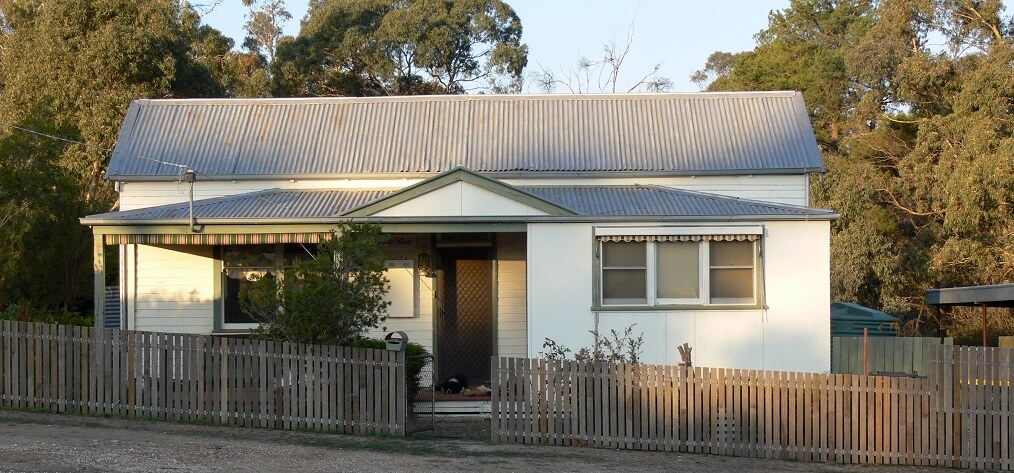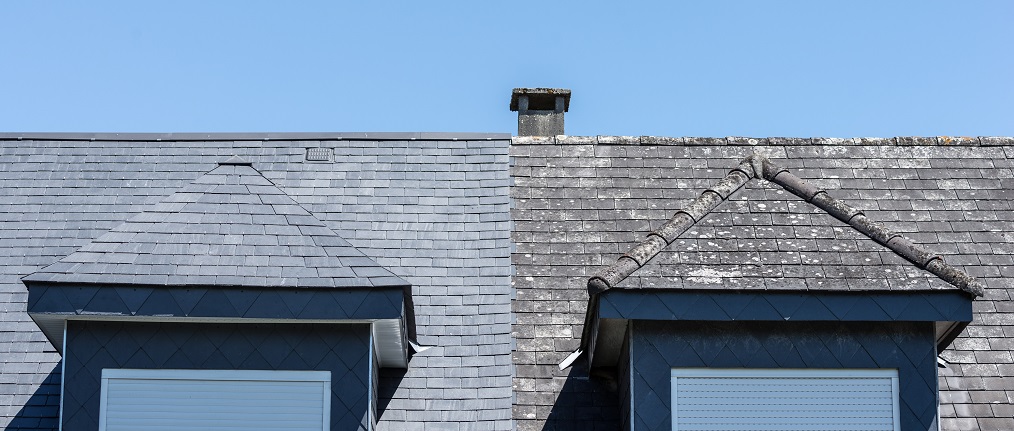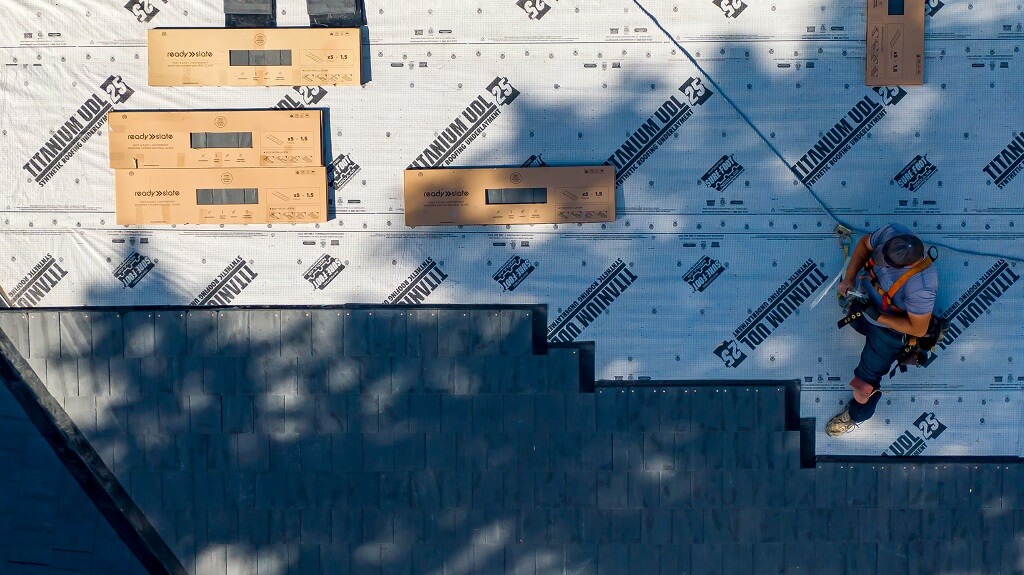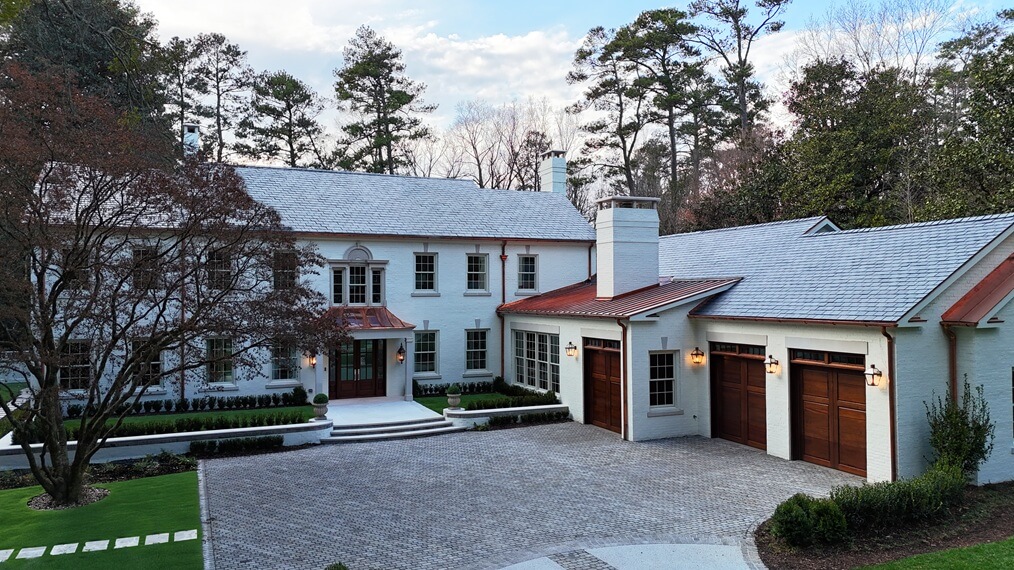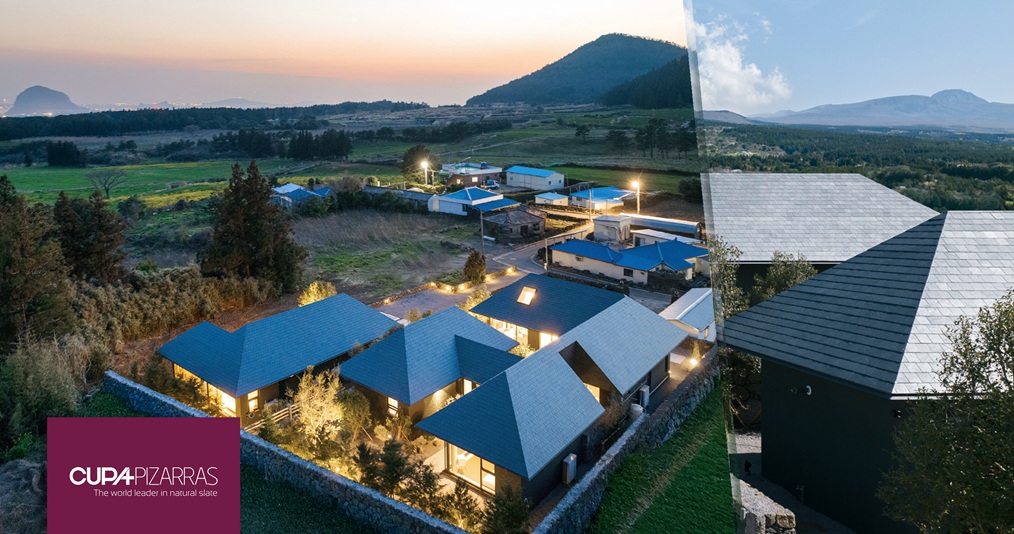Why it might be time to replace your asbestos roof?
Asbestos is a group of fibrous minerals used to strengthen materials. As such, it has been used in the construction sector until it was banned in many countries for health reasons. Today, it’s banned in more than 67 countries, including the UK and all the European Union members.
The importation, supply and use of all asbestos has been banned in the UK since 1999. On the other hand, the United States Environmental Protection Agency (EPA) banned in 1989 the manufacture, import, processing, and distribution of some asbestos-containing products.
Asbestos was popular from the end of the XIX century, first for its use on ships and engines and later due to its use in the construction sector, mainly on roofs. Its adverse effects on human health were well-known even in ancient times: Pliny the Elder warned 20 centuries ago in Rome about a mysterious disease that affected the slaves who wove clothes with this material.
However, it was not until much later that the real danger of the asbestos was scientifically certified. The main problem is that the symptoms of overexposure to asbestos appear much later.
After the 9/11 attacks, the Twin Towers released a huge dust cloud over Manhattan, made up of different materials, including asbestos. According to the numbers published by ‘Newsweek’, since the attacks, more than 400.000 people have been affected by diseases. Dealing with asbestos is no joke.
In the image: roof renovated with natural slate (left), old roof with asbestos (right).
How can I identify if asbestos is in my roof?
It is not easy to know whether a roof contains asbestos. Only a professional can confirm this for certain, but there are some warning signs:
- Installation date: asbestos was banned in 1989. If your roof was built after that date, your roof will normally be free of asbestos.
- Visual inspection: asbestos roofing sheets are often corrugated, but this is not a definitive feature, as there are some other roofing materials that can be in this format.
- Cracks and moss: asbestos does not age well. If you see cracks in your roof or there is a large amount of moss and lichens, it might be a sign that there is asbestos nearby.
- Printed batch codes: The batch code identifying asbestos is AC, while for cement fibres it’s C or CE. Unfortunately, not all the manufacturers included this information.
- Always contact a professional: remember that any handling of this material must be done by professionals. Call an accredited asbestos company.
Natural alternatives
Asbestos shingles, which are no longer made, can last at most 30 years but aesthetic and performance deterioration is evident much earlier. At this point, it can not be repaired, so it must be replaced and removing them requires special asbestos remediation.
This operation must be carried out by professionals, as the manipulation of the asbestos is the critical moment when the dangerous fibers are released.
As the British Health and Safety Executive (HSE) states, higher-risk work with asbestos must be carried out by a licensed contractor. Before starting any asbestos related operation, please read the official essential task sheets.
Once the removal happens is time to choose the new roofing material. Your best option is a natural material such as natural slate, which does not undergo any chemical process from extraction to installation.
Unlike other artificial roofing alternatives, natural slate does not contain any substances harmful to health as it is an inert material. No matter how much time passes, natural slate has no side-effects for the inhabitants under its roofs.
Do you want to find a reliable roofer nearby?
Contact us and we will help you to find the best possible alternative.

